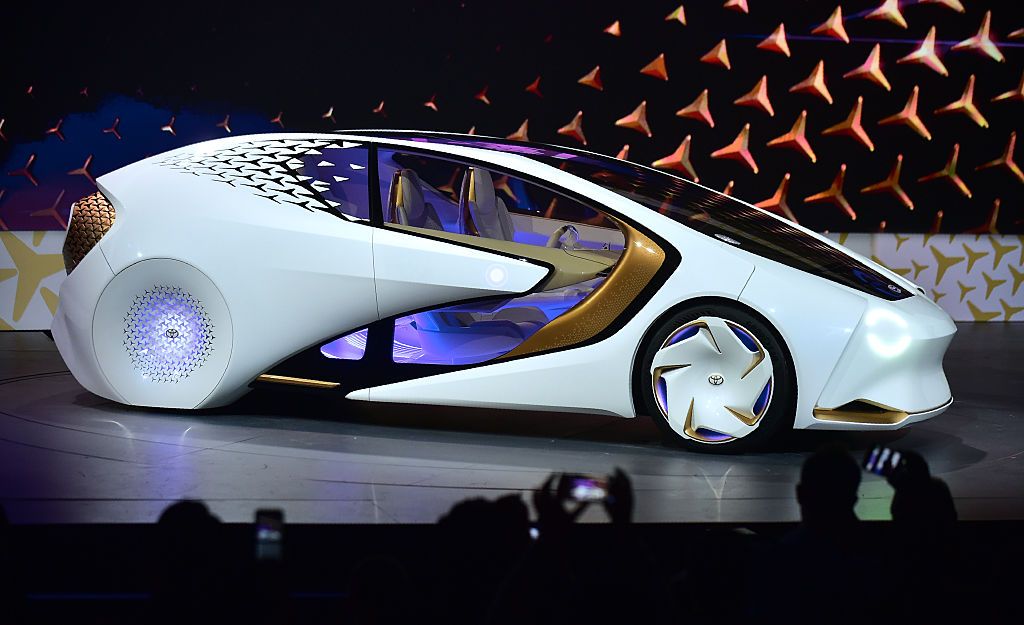I am not alone when I claim that the 1941 model year was the best for General Motors' styling chief Harley Earl, though I think 1949 comes close. Several designs were outstanding and the others were very good -- all this in the context of their times.
The 1930s were a time when designs evolved from largely angular bodies and assemblages of many discrete parts (fenders, headlights, running boards, spare tires, etc.) to smoothed styles where most of the formerly discrete parts were largely blended into aerodynamically-influenced ("streamlined") compositions. Between those points, a good many awkward designs were marketed by GM and the rest of the industry. For General Motors, 1941 models were safely beyond that, as stylists and body engineers were now comfortable with with the new concepts.
GM had three basic bodies for 1941, but they were fairly similar. Most attention was paid to using ornamentation as brand identification. Each brand had its own theme (with one exception), and those themes were distinctive. The exception was entry-level Chevrolet, which was given a grille similar to that of the upper-middle brand Buick.
Buick Sedanette - Hyman Auctions photo
Cadillac - for sale photo
My favorite year for Cadillac, and a design that established brand identification indicators for decades to come.
Chevrolet Special DeLuxe Club Coupe - RM Sotheby's photo
Oldsmobile 98 Club Coupe - Auctions America Photo
Pontiac - for sale photo
I am partial to '41 Pontiacs because my father owned one (a model not nearly as sleek as the one pictured here).
Here is the 1941 LaSalle that never entered production. The image is part of page 46 from Automobile Quarterly, Vol. 41, No. 1, 2001. This would have made for a very fine production design. Sadly, a Cadillac model was substituted. (LaSalle was a "companion car" to Cadillac -- companion brands being a late 1920s GM experiment.)
I am not alone when I claim that the 1941 model year was the best for General Motors' styling chief Harley Earl, though I think 1949 comes close. Several designs were outstanding and the others were very good -- all this in the context of their times.
The 1930s were a time when designs evolved from largely angular bodies and assemblages of many discrete parts (fenders, headlights, running boards, spare tires, etc.) to smoothed styles where most of the formerly discrete parts were largely blended into aerodynamically-influenced ("streamlined") compositions. Between those points, a good many awkward designs were marketed by GM and the rest of the industry. For General Motors, 1941 models were safely beyond that, as stylists and body engineers were now comfortable with with the new concepts.
GM had three basic bodies for 1941, but they were fairly similar. Most attention was paid to using ornamentation as brand identification. Each brand had its own theme (with one exception), and those themes were distinctive. The exception was entry-level Chevrolet, which was given a grille similar to that of the upper-middle brand Buick.
Buick Sedanette - Hyman Auctions photo
Cadillac - for sale photo
My favorite year for Cadillac, and a design that established brand identification indicators for decades to come.
Chevrolet Special DeLuxe Club Coupe - RM Sotheby's photo
Oldsmobile 98 Club Coupe - Auctions America Photo
Pontiac - for sale photo
I am partial to '41 Pontiacs because my father owned one (a model not nearly as sleek as the one pictured here).
Here is the 1941 LaSalle that never entered production. The image is part of page 46 from Automobile Quarterly, Vol. 41, No. 1, 2001. This would have made for a very fine production design. Sadly, a Cadillac model was substituted. (LaSalle was a "companion car" to Cadillac -- companion brands being a late 1920s GM experiment.)


















EmoticonEmoticon